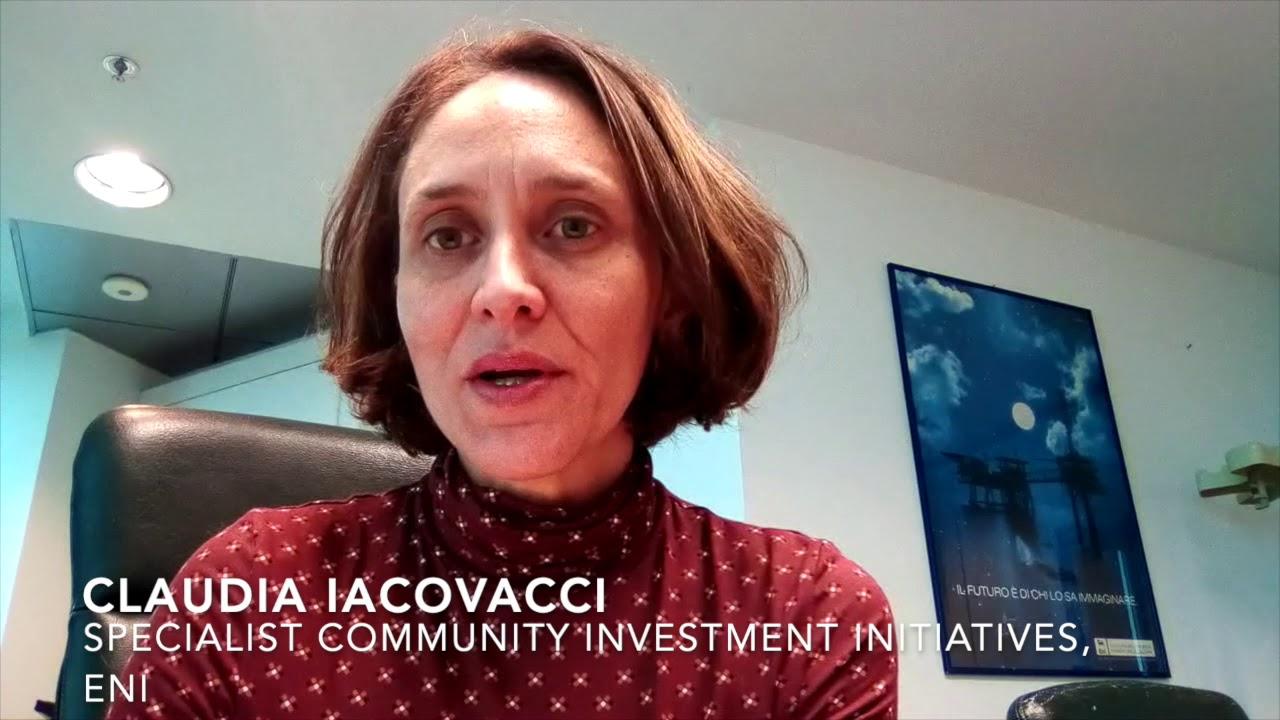Phase 5: Reporting and evaluation
VIDEO: Overview of the reporting and evaluation phase.
Communicating and reporting on HRIA methods and findings are critical components of the assessment process. Through stakeholder engagement, communication about the HRIA will happen throughout the assessment. However, writing and publishing a final assessment report is also important. A detailed HRIA report that is available and accessible to rights-holders, duty-bearers and other relevant parties can foster dialogue and accountability by documenting the impacts that have been identified and the measures taken to address them. The report should be drafted with special consideration to challenges such as sensitivity of information.
If done carefully and acted upon, evaluation of the HRIA process, findings and outcomes can further contribute to continuous improvement of company due diligence and human rights outcomes.
 Stakeholder engagement in Phase 5
Stakeholder engagement in Phase 5
During Phase 5, HRIA practitioners should ensure that the HRIA reflects the communities’ experience, as well as engage stakeholders in the evaluation process. Stakeholders, especially rights-holders, should be informed about results in a meaningful and accessible way.
Section 1.3 of the Stakeholder Engagement Practitioner Supplement includes considerations for reporting back to HRIA participants.
It also includes a reporting checklist, as well as examples of challenges related to HRIA reporting and how these may be addressed
- a reporting checklist, as well as examples of challenges related to HRIA reporting and how these may be addressed
VIDEO: Phase 5 case study – ENI. Following up on HRIA findings (ENI).
The case studies demonstrate practical experiences and dilemmas from HRIA practitioners and companies that have used this toolbox.
Disclaimer: The case studies are from external organisations and do not necessarily reflect the views of the DIHR. The DIHR is an independent, national human rights institution, established under the Paris Principles. Parties relying on any information contained within the case studies do so at their own discretion.


